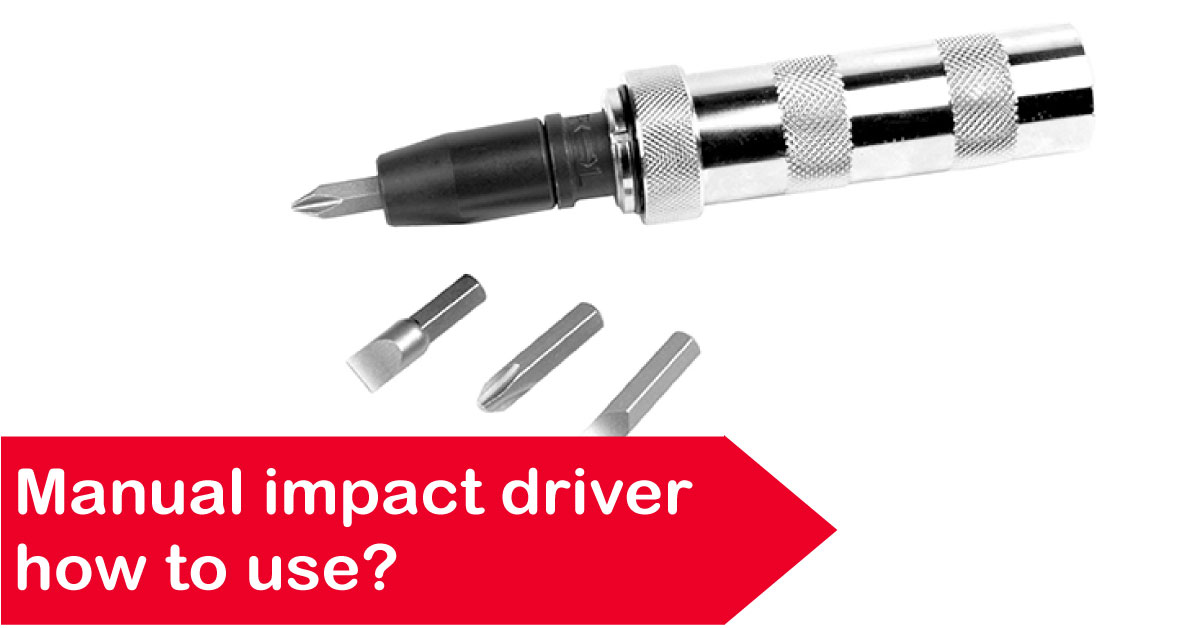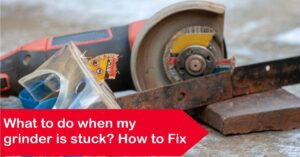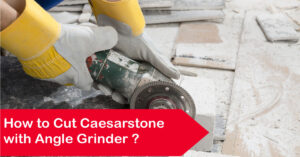When it comes to fastening or loosening stubborn screws, a manual impact driver is an essential tool that every DIY enthusiast and professional should have in their toolkit. Its unique design and mechanism allow for efficient and precise torque application, making it a versatile and powerful tool. In this comprehensive guide, we will explore the different types of manual impact driver how to use it and provide a step-by-step guide on how to use them effectively.
Different Types of Manual Impact Drivers and Their Uses
Manual impact drivers come in various types, each designed for specific applications. The most common types include:
1. Standard Manual Impact Driver
This traditional manual impact driver features a simple design with a handle and a square drive at the end. It is used for general fastening and loosening tasks, such as driving screws into wood or removing rusted bolts.
2. Right-angle manual Impact Driver
The right-angle manual impact driver is specifically designed for tight and hard-to-reach spaces. It features a 90-degree angle head, allowing easy access in cramped areas where a standard driver cannot fit. It is commonly used in automotive repairs and other applications that require precision and flexibility.
3. Interchangeable Bit Manual Impact Driver
This manual impact driver offers versatility by allowing users to interchange the bits according to their needs. It typically comes with different screwdriver bits, making it suitable for a wide range of fastening tasks.
Step-by-Step Guide on Manual Impact Driver How to Use
Using a manual impact driver may seem daunting at first, but it becomes a straightforward process with the right technique. Follow this step-by-step guide to master the art of using a manual impact driver efficiently:
Step 1: Choose the Correct Bit
Before starting, select the appropriate screwdriver bit that matches the type of screw or fastener you will be working with. Using the wrong bit can lead to stripped screws or damaged fasteners.
Step 2: Insert the Bit
Insert the chosen bit into the square drive of the manual impact driver. Ensure it is securely locked in place to prevent any slippage during operation.
Step 3: Apply Pressure
Place the driver’s tip onto the screw or fastener and apply downward pressure. This ensures a firm grip and prevents the driver from slipping off.
Step 4: Rotate in the Correct Direction
To tighten a screw, rotate the manual impact driver clockwise. For loosening, rotate it counterclockwise. Apply steady pressure while rotating to achieve optimal results.
Step 5: Strike the Driver
Using a hammer or mallet, strike the end of the manual impact driver firmly. The force of the strike, combined with the rotational motion, generates a powerful torque that loosens or tightens the screw.
Step 6: Repeat if Necessary
If the screw is not fully tightened or loosened after the initial strike, repeat steps 3 to 5 until the desired result is achieved.
Tips and Tricks for Maximizing the Efficiency of a Manual Impact Driver
To get the most out of your manual impact driver and ensure efficient operation, consider these tips and tricks:
1. Use Proper Technique
Maintain a firm grip on the manual impact driver and strike it with a controlled force. Avoid excessive or erratic strikes, as they can lead to ineffective results or damage to the screw or fastener.
2. Apply Lubrication
Applying a lubricant for stubborn screws or rusty fasteners can help loosen them. Use a penetrating oil or rust dissolver to facilitate easier turning.
3. Use the Right Size Hammer
Choosing the right-sized hammer or mallet is crucial for optimal impact transfer. A hammer that is too light may not provide enough force, while one that is too heavy can damage the driver or the fastener.
4. Secure the Workpiece
Before using the manual impact driver, ensure the workpiece is secured. This prevents movement or slipping, allowing for more accurate and efficient screw tightening or loosening.
Safety Precautions When Using a Manual Impact Driver
While manual impact drivers are relatively safe tools, it is essential to follow certain safety precautions to prevent accidents or injuries. Keep the following safety guidelines in mind:
1. Wear Protective Gear
Always wear safety glasses or goggles to protect your eyes from flying debris or metal shavings. Additionally, consider wearing work gloves to prevent injuries from slippage or accidental strikes.
2. Use the Proper Size Driver
Using the correct size manual impact driver ensures a secure fit and reduces the risk of slippage. Using an incorrect size may lead to accidents or damage to the driver or fastener.
3. Work in a Well-Lit Area
Operating a manual impact driver in a well-lit area improves visibility and reduces the chances of mistakes or accidents. Avoid working in dimly lit spaces where seeing the target screw or fastener may be challenging.
4. Store Properly
Store your manual impact driver in a secure and dry location, away from children when not in use. Please keep it in a designated toolbox or storage area to prevent accidental damage or misuse.
Common Mistakes to Avoid When Using a Manual Impact Driver
To ensure a smooth and successful operation with a manual impact driver, avoid these common mistakes:
1. Insufficient Pressure
Applying insufficient pressure may cause the driver to slip off the screw or fastener, resulting in ineffective results or potential injuries. Always ensure a firm grip and adequate pressure during operation.
2. Using the Wrong Bit
Using the wrong screwdriver bit can lead to stripped screws or damaged fasteners. Take the time to select the correct bit that matches the screw or fastener you are working with.
3. Over-Tightening or Over-Loosening
Over-tightening or over-loosening screws can damage the fastener or the material being driven into. Use controlled force and regularly check the tightness to avoid any complications.
Wrapping Up
Mastering a manual impact driver is valuable for any DIY enthusiast or professional. By familiarizing yourself with the different types of manual impact drivers, following the step-by-step guide, and implementing the tips and tricks provided, you can become proficient in using this versatile tool. Remember to prioritize safety by following the recommended precautions and avoiding common mistakes. With practice and experience, you will confidently handle any fastening or loosening task precisely and efficiently.




